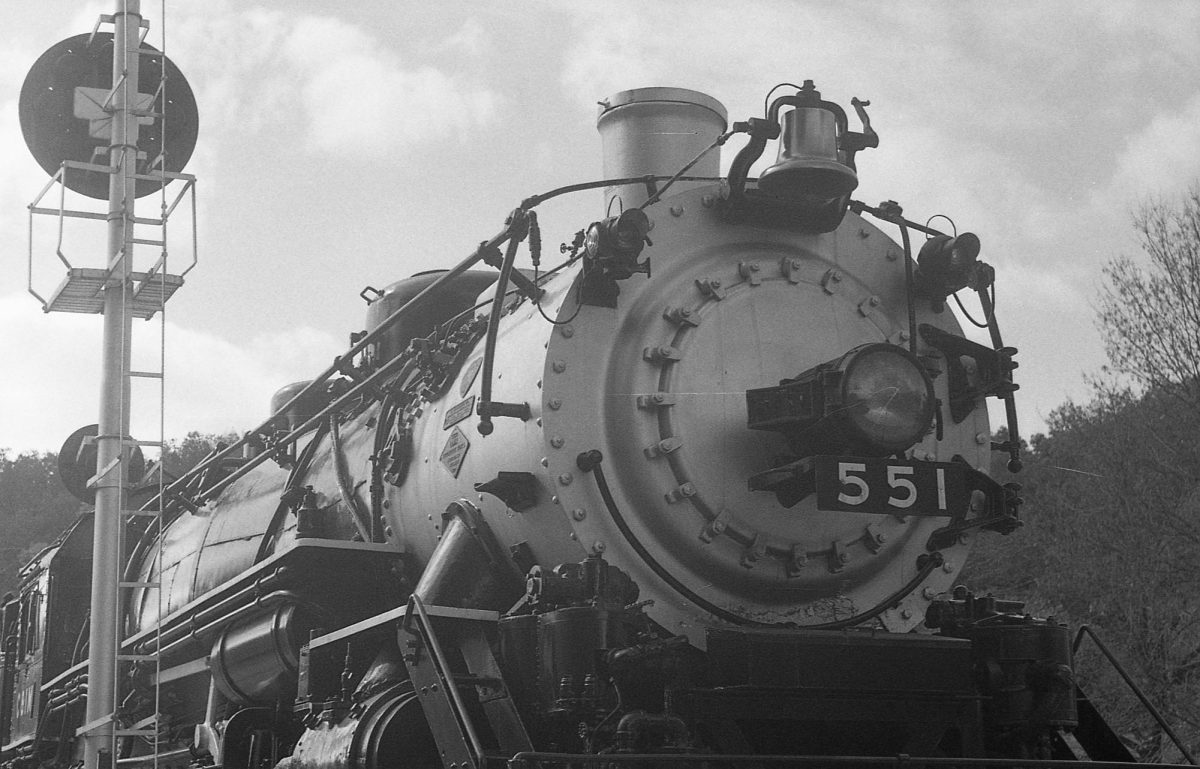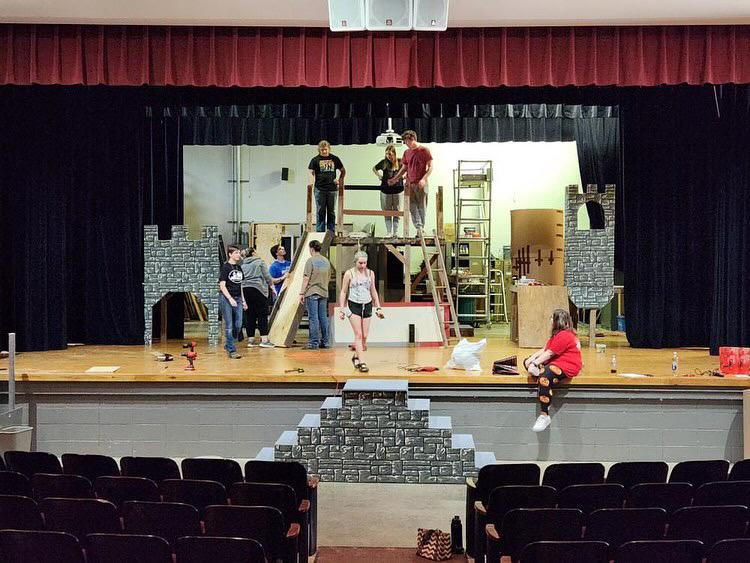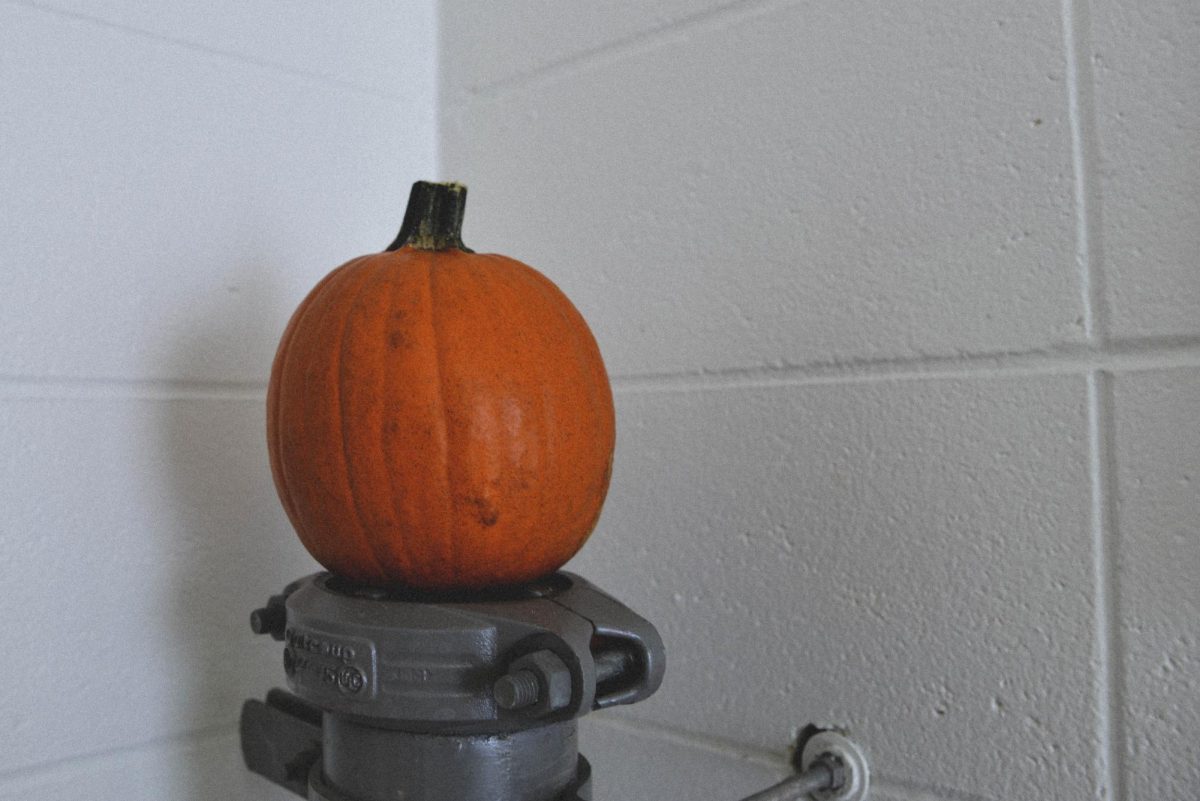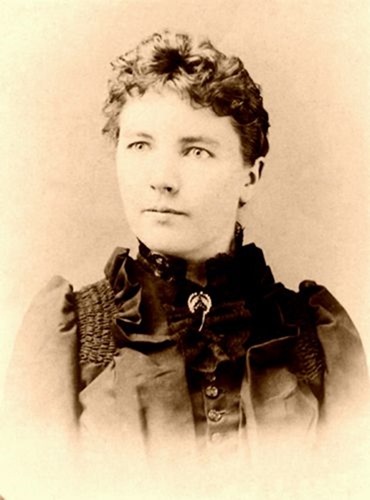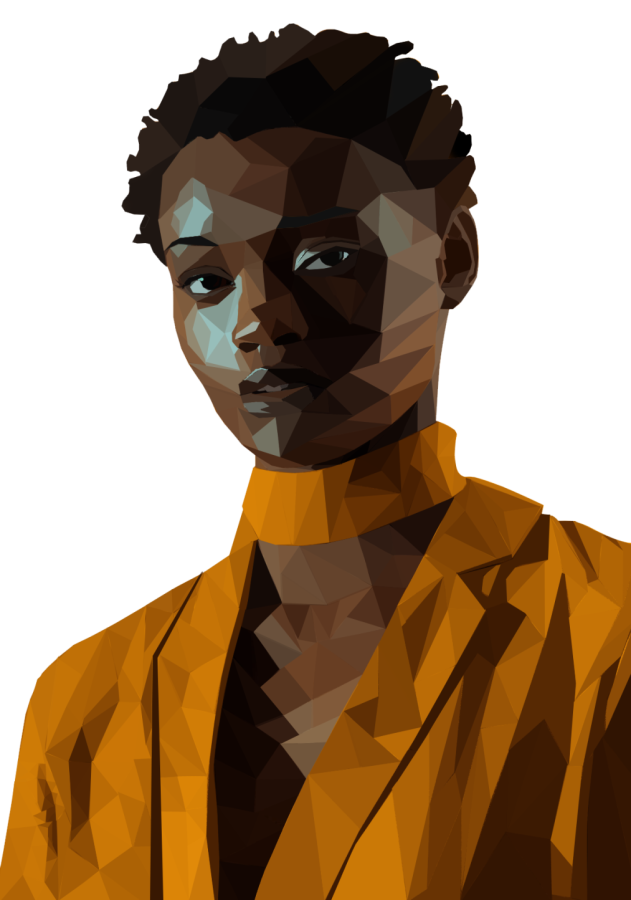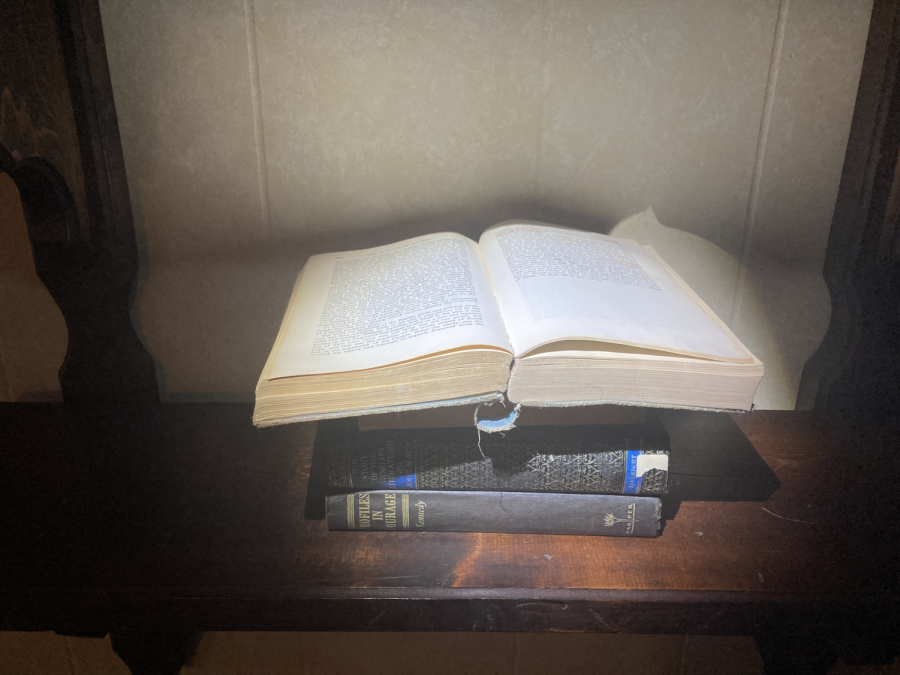When you’re in the mood to just run down the street screaming, “I’M NOT YOUR SLAVE!” or, “YOU AIN’T THE BOSS OF ME!” few bands can really summarize the way you feel such as Rage Against the Machine. Actually, NO BANDS can summarize the way you feel like Rage can. That’s a fact.
The band formed in Los Angeles in 1991. They are often described as being “Rap-Metal” but, genres don’t control Rage. The words that best describe Rage Against the Machine are just “Rage Against the Machine.” They’re their own genre, ya dig?
Some say that the members of Rage are perfect for being the type of “protest band,” and those people are absolutely right. The band is four members: lead vocalist Zack De la Rocha, bassist Tim Commerford, drummer Brad Wilk, and guitarist Tom Morello.
De la Rocha is of Mexican descent. De la Rocha’s grandfather was a Sonorensan revolutionary born in Cananea, Sonora, Mexico, who fought in the Mexican Revolution and worked as an agricultural laborer in the US. He lived with his parents, however, his mother, Olivia De la Rocha and him moved away from his father to Irvine, CA, where Olivia attended the University of California at Irvine. Zack later stated that Irvine is “one of the most racist cities imaginable. If you were a Mexican in Irvine, you were there because you had a broom or a hammer in your hand.”
While attending grade school in Irvine, De la Rocha met Tim Commerford, future bassist of Rage Against the Machine. Commerford was born and raised in Irvine. He was the youngest of six children from his father, an aerospace engineer, who provided work for the Space Shuttle, and his mother, a teacher/mathematician
The band member with the most interesting story and possibly the most influential member of the band — scratch that, definitely the most influential member of the band – is lead guitarist, Tom Morello, is known for his wild and creative guitar playing. Morello is of Irish and Sicilian descent on his maternal side, and Kikuyu Kenyan descent on his paternal side. His mother was a schoolteacher from Marseilles, Illinois, who earned a Master of Arts at Loyola University, Chicago and travelled to Germany, Spain, Japan, and Kenya as an English language teacher between 1977 and 1983. His father was a Kenyan participant in the Mau Mau Uprising, and served as Kenya’s first ambassador to the United Nations. Morello’s paternal great-uncle, Jomo Kenyatta, was the first elected president in Kenyan history. His parents met in August 1963 while attending a pro-democracy protest in Nairobi, Kenya. After discovering her pregnancy, Mary returned to the United States with Njoroge in November, and married in New York City.
Growing up, De la Rocha and Commerford were close friends. After De la Rocha moved to Southern California, the pair became close friends. De la Rocha had always been primarily a vocalist and Commerford, a bassist.
When Morello moved to Los Angeles to become a male stripper, he saw De la Rocha freestyling at a bar. He was very impressed and approached him with interests to start a band. Morello, at the time, was playing in a band called Lock Up. De la Rocha agreed to try out some collab work with Morello.
Morello immediately knew where to turn for a drummer for this wild idea; Brad Wilk. Morello knew Wilk from Wilk’s unsuccessful try-out for the drummer spot in Morello’s previous band, Lock Up. Wilk left the hardcore band Greta to join Rage Against the Machine. It was well worth it.
The band’s lineup was completed when De la Rocha convinced Commerford to play bass. After frequenting the L.A. club circuit, Rage Against the Machine signed a record deal with Epic Records in 1992. That same year, the band released their self-titled debut. They achieved a considerable amount of mainstream success and released three more studio albums.
The most commonly asked question about Rage is, “so, what is the machine?” The machine, my friend, is whatever you want it to be! Rage Against the Machine stands for justice. They stand against racism, Big Brother societies, censorship, etc. This is exactly why Rage Against the Machine is often adopted as the soundtrack of bringing justice. Their music is so often used in a way to spark “rebellion”, that after 9/11, Clear Channel Communications – owners of more than 1,200 radio stations across the US – sent a document to their radio stations called “the 2001 Clear Channel Memorandum,” which contained a list of songs with “questionable lyrics.” The list contained 165 songs by various artists, and all songs by Rage Against the Machine – the only band to have all songs listed. Basically, Clear Channel Communications wanted vast censorship following 9/11. The list was essentially a blacklist, however, it was not a ban, rather a list of songs that were “suggested” to not play. (Yeah, right.)
There is just something about Rage Against the Machine that makes them really fit the role of being the anthem of the common rebel. Whether it’s their rebellious lyrics, their rebellious actions, or just the sound of their songs, there just isn’t any band that can quite compare to Rage Against the Machine.



